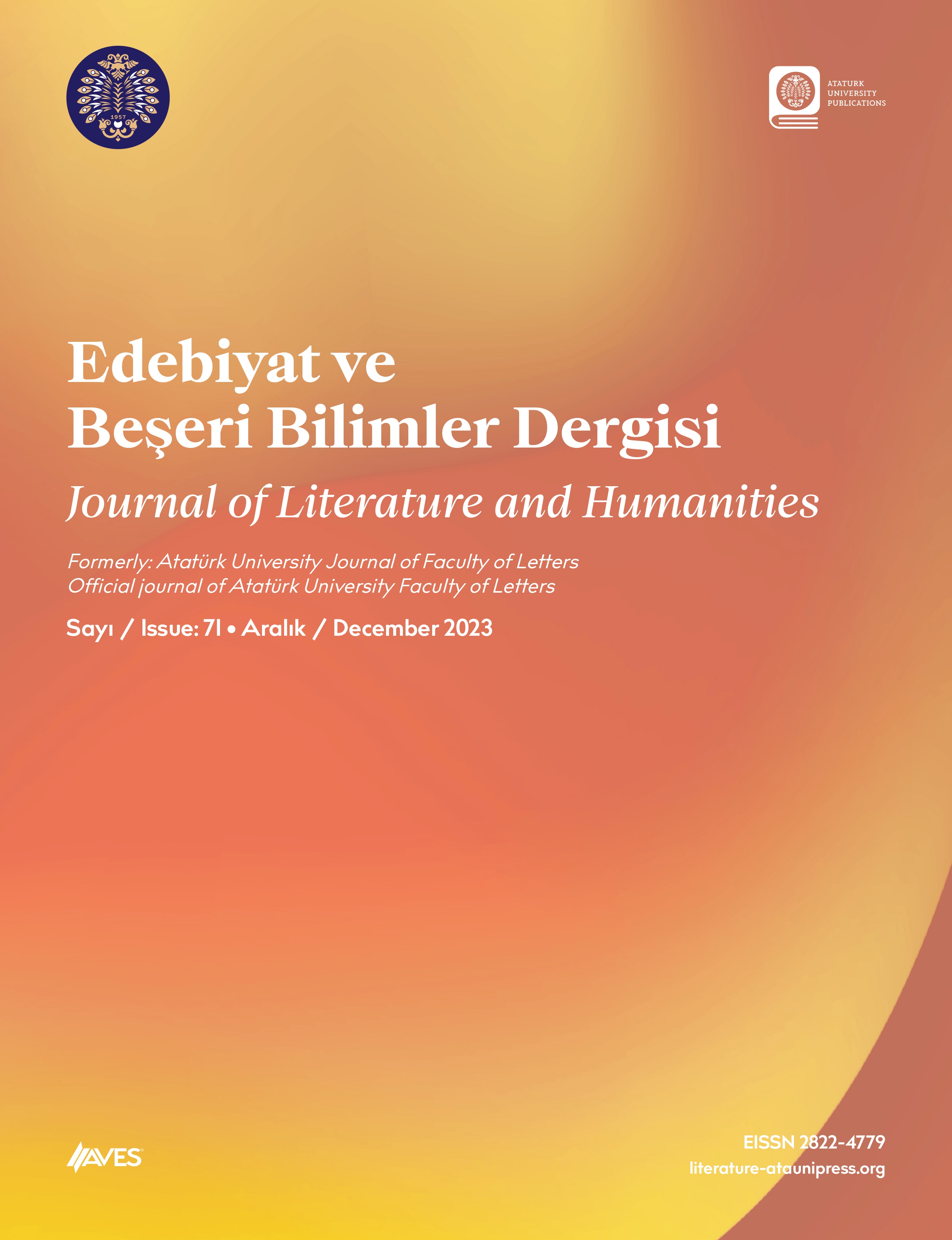The aim of this research was to adapt the Digital Hoarding Scale to Turkish culture. The study group of the research conducted for this purpose consists of a total of 544 adult individuals, 408 (75.5%) women and 136 (25.5%) men, aged between 18 and 38 (X=21.50, Df=2.67). In the research, the Obsessive Compulsive Inventory-Revised Form, Trait Anxiety Inventory, and the Hoarding Inventory Revised Form were used as data collection tools within the scope of the criterion scale validity study. Within the scope of the research, confirmatory factor analysis (CFA) was used to verify the factor structure, and correlation analyses were used to reveal its relationship with the determined criteria. As a result of the CFA, it can be stated that the two-dimensional structure of the Digital Hoarding Scale was confirmed on the Turkish sample [χ2=115.75, Df = 34, χ2 /Df=3.40, Normed Fit Index (NFI)=0.996, Comparative Fit Index (CFI)=0.997, Root Mean Square Error of Approximation (RMSEA)=0.066, and Standardized Root Mean Square Residual (SRMR)=0.036]. Correlation analysis performed to determine criterion-related validity in the study demonstrated that there were high-level positive correlations between digital hoarding’s difficulty deleting and hoarding dimensions and between hoarding and obsessive-compulsive symptoms and moderately positive correlations with trait anxiety. According to the reliability analysis of the Digital Hoarding Scale, the internal consistency coefficient was determined as (α) 0.92 for the deletion difficulty sub-dimension and 0.76 for the accumulating sub-dimension. The findings were discussed in the light of the literature.
Cite this article as: Berber Çelik, Ç., & Kaya, F. (2023). The psychometric properties of the Turkish form of the digital hoarding scale. Journal of Literature and Humanities, 71, 109-115

.png)






